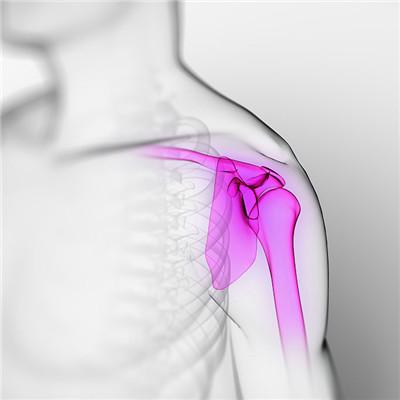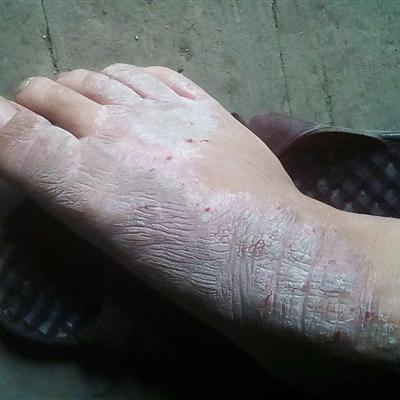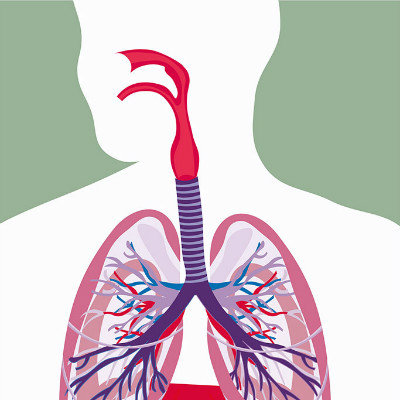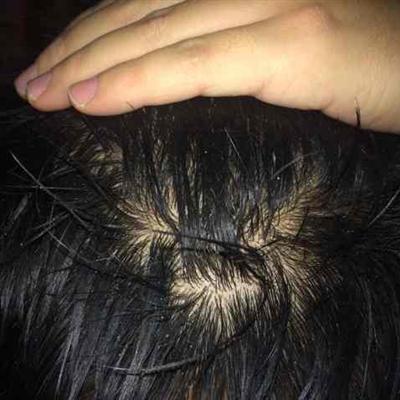How to differentiate acute renal failure?
summary
Acute renal failure (ARF) refers to a clinical syndrome in which the glomerular filtration rate (GFR) suddenly or continuously decreases, resulting in the retention of nitrogen waste, the disorder of water, electrolyte and acid-base balance, and the complications of various systems. Today we talk about the differential diagnosis of acute renal failure.
How to differentiate acute renal failure?
(1) rehydration test. Patients with history of hypovolemia, loss of body fluid, dry skin and mucous membrane, hypotension, and unclear jugular vein filling should first consider prerenal oliguria. They can use infusion (200-250ml 5% glucose solution) and loop diuretic (40-100mg furosemide) to observe the circulatory system load after infusion.
2. It can be differentiated from Retrorenal urinary tract obstruction. History of primary diseases leading to urinary tract obstruction, such as calculi, tumor and prostatic hypertrophy; Sudden decrease of urine output or alternation with anuria; The patient felt renal colic, flank or lower abdominal pain; There was percussion pain in renal area; If the bladder outlet is obstructed, the bladder area will expand due to urine accumulation, and the percussion will be voiced; There was no significant change in urine routine. Ultrasonography and X-ray examination can help to make a definite diagnosis.
3. Differentiation of glomerular or renal microvascular diseases. Severe acute glomerulonephritis, rapidly progressive glomerulonephritis, secondary nephropathy such as lupus nephritis, purpura nephritis and nephrotic syndrome with massive proteinuria can also cause idiopathic acute kidney injury. In addition, some of them are caused by vasculitis, hemolytic uremic syndrome and malignant hypertension. According to the history, laboratory examination and renal biopsy can help to identify.
matters needing attention
It was differentiated from acute interstitial nephritis. According to the recent medication history, clinical manifestations such as fever, rash, lymphadenopathy, joint soreness, blood eosinophilia, abnormal urine test and renal tubular and glomerular function damage were identified. Renal biopsy is helpful in the diagnosis. If you need to cooperate with the doctor for early rehabilitation.















